Designing a Cloud Environment that Meets Your Specific Needs
Designing a Cloud Environment that Fits Your Business.
Requirements Analysis
- Identify the technology needs of your business.
- Justify the purchase of both existing services and new services. (Don’t just use a specific technology because everyone else is.)
Resource Assessment
- Are your IT staff members available to manage the service?
- What are each of their skill-sets?
- What does your existing infrastructure consist of?
- What projects is your team currently working on? Is it feasible and financially viable to pull them off those projects and onto cloud-focused projects?
Potential Strengths and Weaknesses
- Cloud services will enable you to free up internal IT resources by outsourcing some day to day setup and maintenance requirements.
- There can be significant cost savings when transitioning to cloud services.
- If you require a more sophisticated system or proprietary tools to meet your business needs, a more experienced team of in-house IT professionals may be a better option than outsourcing your IT.
- Is your equipment working properly but your server room is no longer adequate to store your data and maintain a near 100% uptime? A hybrid cloud solution may be the perfect solution.
- Determine the human and technology resources you have on hand as well as your business’ priorities and make an assessment as to what is right for you.
Multiple Cloud Vendors vs. A Single Cloud Vendor
- Multiple Cloud Vendor Benefits
- Decreased risk of service outage, security risks and other service issues.
- Select the best-of-breed services and vendors for your specific needs to maximize productivity.
- Single Cloud Vendor Benefits
- One number to call for support and questions, reducing time and resources required to manage multiple vendors.
- Single exposure to security risks rather than across multiple vendors.
Hybrid Cloud Option
- Allows for various vendors, architectures and platforms to deliver a best-in-class cloud solution for a company’s individual needs.
- Can provide a more practical and efficient solution which takes into consideration existing systems, legacy environments and physical location constraints.
- Hybrid cloud can provide a more practical and efficient solution which takes into consideration existing systems, legacy environments and physical location constraints.
- Do you need a large amount of new storage space close to your office?
- Do you have high speed data transfer requirements?
- Is there a need for public cloud-based web services to access your corporate data?
Learn more from Evocative: Designing a Cloud Environment that Fits Your Business


